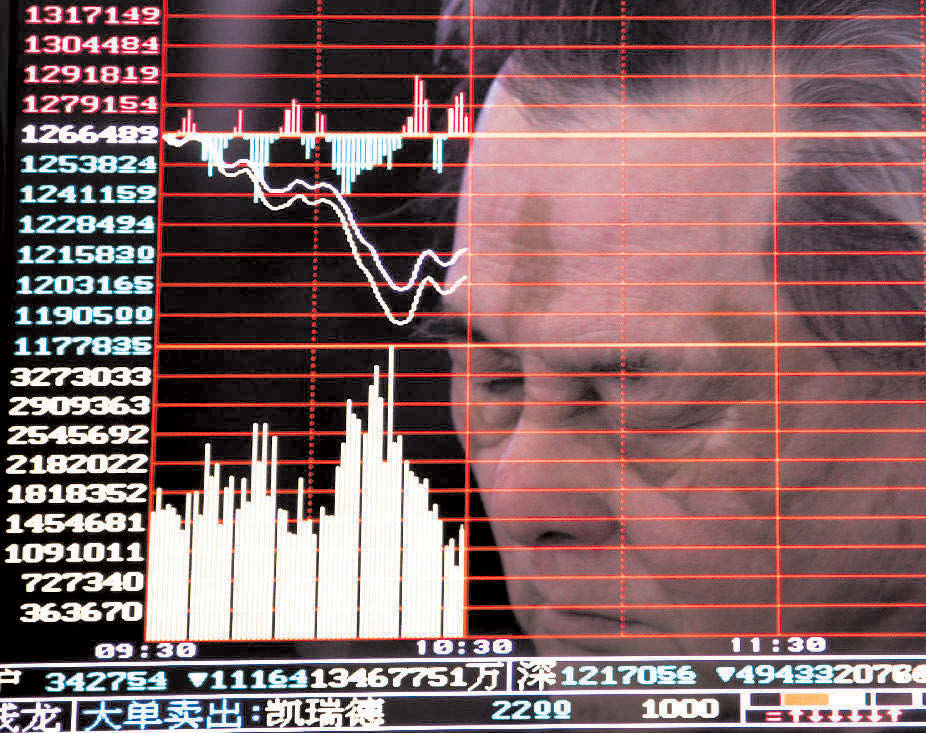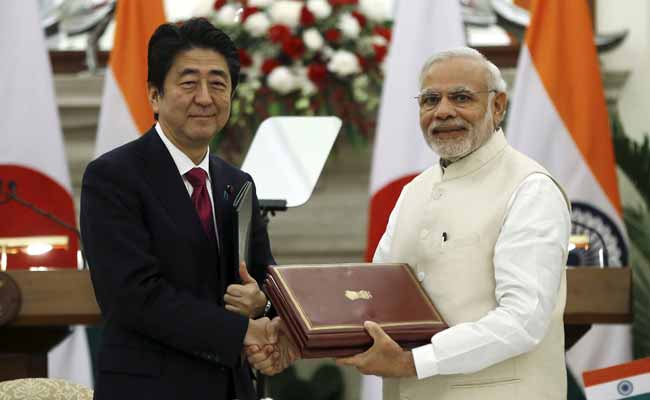
Beijing, Sep 22 (PTI) For the first time, Chinas outbound investment has exceeded the Foreign Direct Investment (FDI) it received, official data for 2015 showed today, as the cash- rich Communist giant looks for new overseas avenues to invest capital amid slowing growth in the worlds second largest economy.
Chinas outbound direct investment (ODI) hit an all-time high of USD 145.67 billion in 2015, exceeding the USD 135.6 billion in FDI it received, making it a net capital exporter for the first time, said Zhang Xiangchen, deputy international trade representative with Chinas Ministry of Commerce (MOC).
It is the worlds second-largest source of outbound investment, exceeded only by the United States, he said.
The investment in the countries implementing its Silk Road initiative soared 38.6 percent year on year, the data showed.
Investment in One Belt and Road (Silk Road) countries stood at USD 18.93 billion and represented 13 per cent of the countrys ODI last year, said Zhang.
Zhang told reporters at a news conference that One Belt and Road investment is essential to the fast development of Chinas ODI.
The One Belt and Road initiative, proposed by President Xi Jinping in 2013, refers to the Silk Road Economic Belt and the 21st Century Maritime Silk Road — a trade and infrastructure network connecting Asia with Europe and Africa along ancient trade routes.
As of July, Chinese enterprises had established 52 economic cooperation zones in the countries while paying USD 900 million in taxes and creating nearly 70,000 local jobs, the data said.
The MOC said earlier the One Belt and Road Initiative had boosted business cooperation between Chinese and foreign firms.
During the first eight months of 2016, nearly 4,000 engineering contracts were signed by Chinese companies in 61 countries along the routes, with combined contract value of 69.82 billion US dollars.
China needs to fully take advantage of the international market and resources as its economy and companies transform, said Zhang, adding that Chinese firms are keen to become active players in global innovation, manufacturing and the market.
Chinas economy grew at its slowest pace in a quarter of a century last year and the country is looking for new foreign avenues for investing its surplus capital in order to boost its falling growth.





Be the first to comment